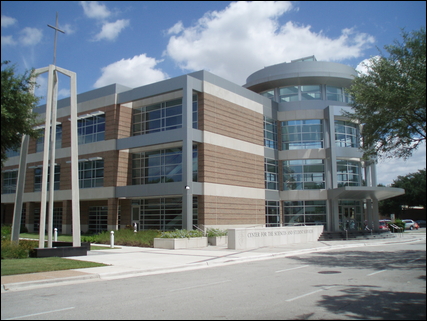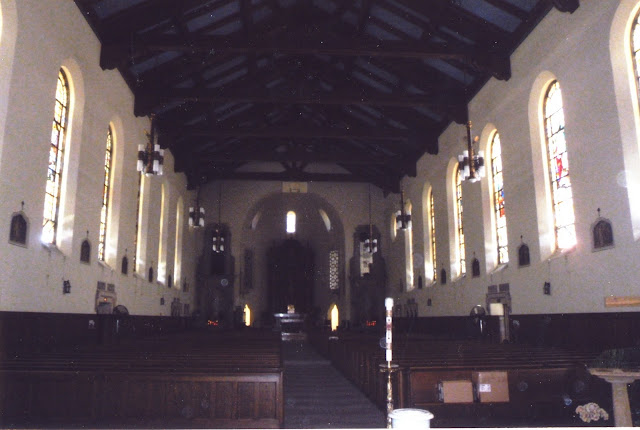The prompt for Week 47 of
52 Weeks of Personal Genealogy & History is
Fall:
What was fall like where and when you grew up? Describe not only the climate, but how the season influenced your activities, food choices, etc.
Well, I spent the first 27 years of my life in southeast Texas (Houston, College Station & Washington County, San Antonio, and Corpus Christi), where autumn (I prefer that term to fall) means it's not quite as hot as summer, it might rain a little more, and (when I was in junior high, high school, and college), you go to football games (St. Francis de Sales, St. Thomas, and Texas A&M respectively).
Then I spent the next 21 years in the Seattle area, where autumn meant much cooler temperatures, skies that were mostly gray, and - because it is the Evergreen State - not that much autumn color. Sometimes, though, you'd luck out with a perfect day, sunny, not too cold, and you'd find riotous hues:
 |
| My aunt Sister Jean Marie Guokas, my grandmother Sara Wolfe Guokas Archibald, and my son Eric Bolme at the Washington Park Arboretum, Seattle, October 29, 1990 |
Now I'm back in Texas, albeit in the northern part of the state. Sometimes autumn is pretty warm (a high this fall of 100 on September 29), sometimes it's pretty cool (a low so far of 28 on November 4). Today is a pretty typical day - it's sunny and 68 at 3 PM, and we just got back from walking to a local diner for a Thanksgiving dinner. We'll be with Mark's family in McKinney tomorrow, and we couldn't both go there and to Austin for Thanksgiving with my family today (they're about six hours apart).
Autumn means I eat more soups (since it's finally cool enough!). Autumn means I'll be walking more and biking less, because the days ARE shorter and cooler and it's more windy. However, Mark is asleep on the couch after all that turkey, and I'm about to head out on a bike ride, since it IS glorious today.
November in particular is a tough month for me. I've suffered some personal losses in this month, such as a divorce filing and the death of my maternal grandmother. It was particularly hard when I lived in Seattle and was so far away from family, especially combined with the often-gloomy weather. I remember my very first month in Seattle was November 1984, and all it did that month was rain (or snow), and I thought, "what have I done?" I remember my son Eric making a little book in kindergarten (1991) with his illustrations to these last few words of
Thomas Hood's poem "No!", and thinking how fitting they were:
...no butterflies, no bees.
No fruits, no flowers, no leaves, no birds.
November!
Thanksgiving has been the one bright spot in the month. When my grandmother passed away on November 16, 1997, I was in the midst of a long pre-divorce separation, and my offspring spent that holiday with the soon-to-be-ex, so I decided to stay in Texas after the funeral through the holiday. My siblings treated me to a haircut and massage and manicure and pedicure, things I certainly could not afford for myself at the time. The five of us had a new group portrait done of ourselves for our parents. And, it was warm enough to eat Thanksgiving dinner outside:


Today I'm very thankful for my family, and to be living once again in Texas.
© Amanda Pape - 2011 -
click here to e-mail me.







































